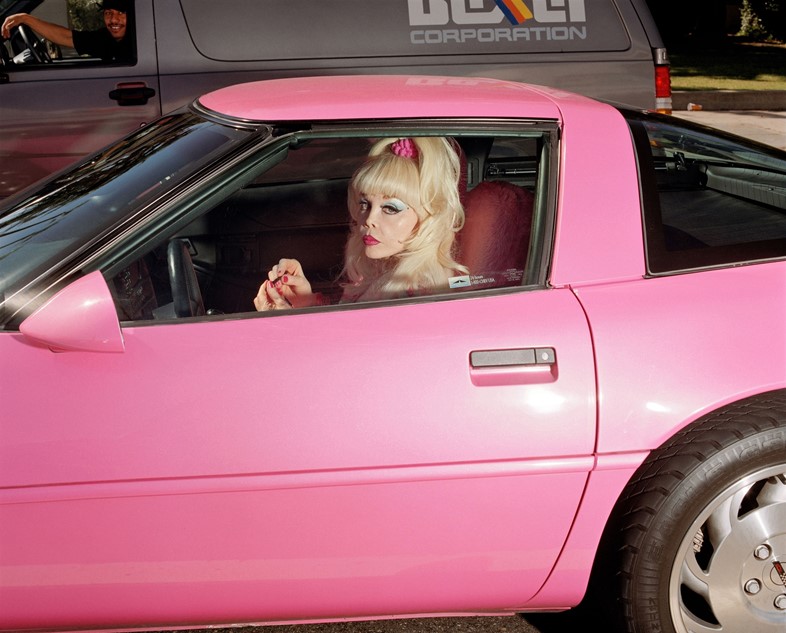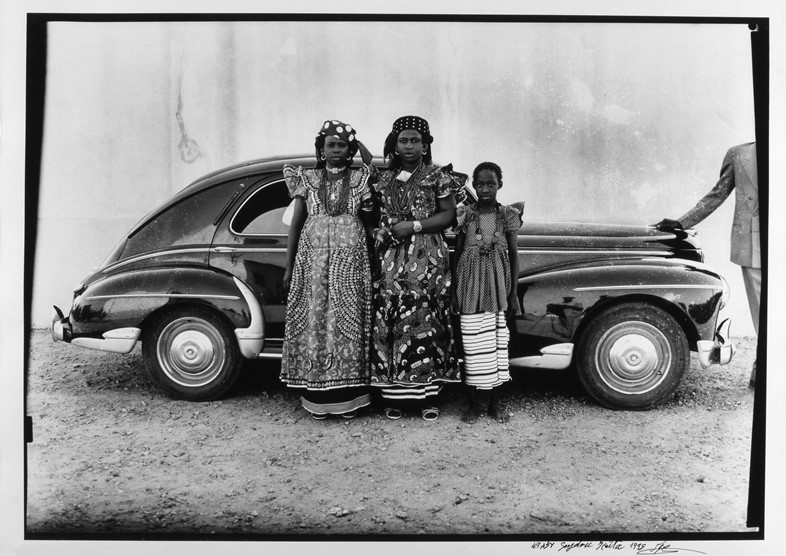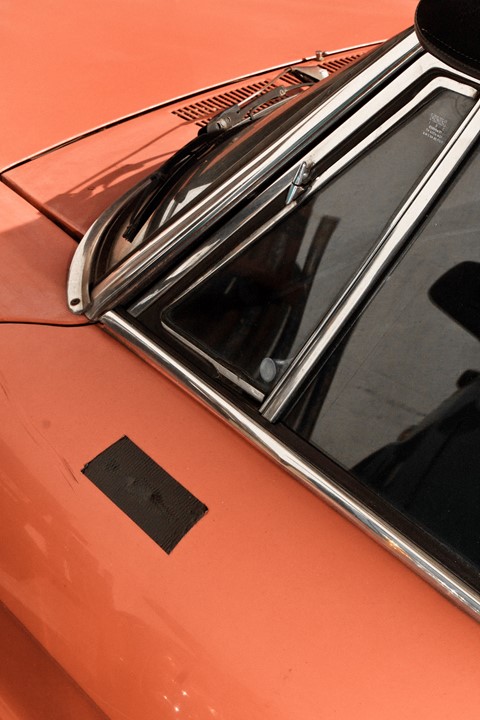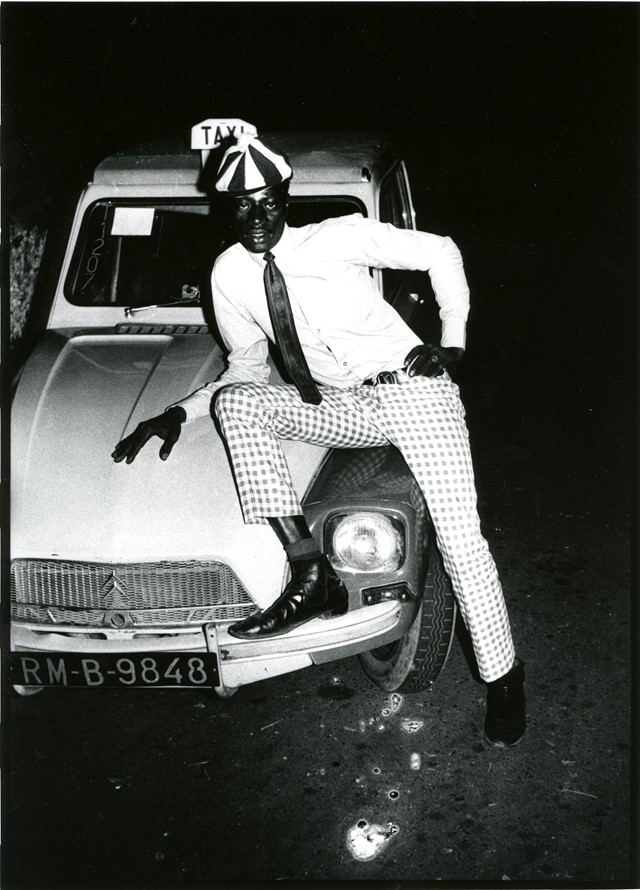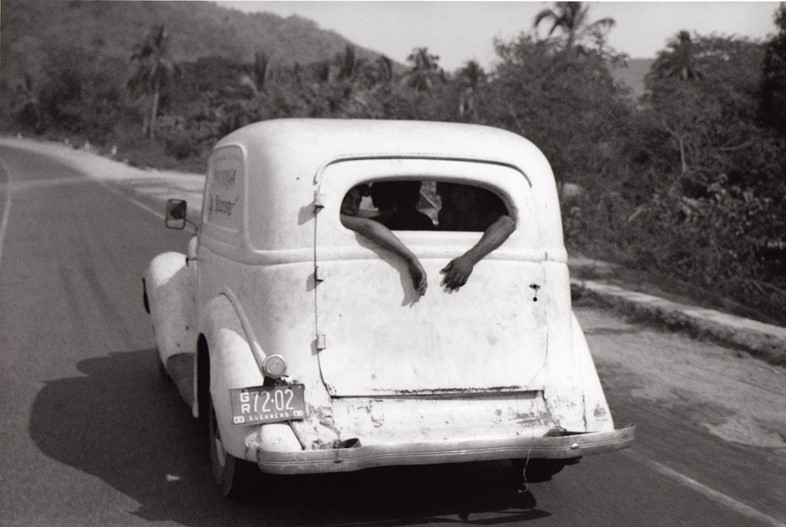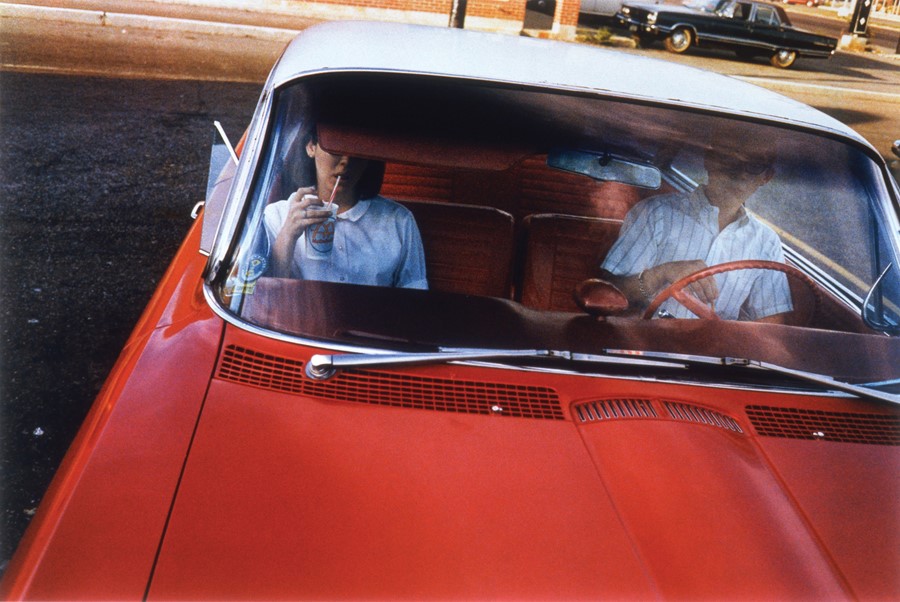So commonplace is the car in contemporary culture that to look upon it as anything more than a means of travelling from A to B requires an extra special enthusiasm. Yet ever since it first came into being, dreamt by up the ambitious German engineer Karl Benz in 1885, the automobile has represented far more than simply a mode of transport; it captures the hopes, fears and aspirations of the generation it is created by, giant roaring engines standing in for hunger and determination, shining painted sheaths representing the pinnacle of glamour.
Crucially, though, the car is more than simply a trophy; with its arrival in the early 20th century came a new way of looking at and experiencing the world, making it an invaluable tool for photographers around the globe. Now, 30 years after it first pinpointed this obsession in its exhibition Hommage à Ferrari, Paris’ Fondation Cartier is this month paying tribute to the indelible role of the automobile in popular culture, with a show dedicated to cars as captured by photographers across the years. More than 500 works feature, shot by 100 artists both historic and contemporary (think: Jacques-Henri Lartigue, William Eggleston, Juergen Teller, Malick Sidibé), and they see cars in environments ranging from California freeways to Malian roadsides. Principally, though, they demonstrate just how pivotal these vehicles are; whether enabling the adolescent road trips stream-of-consciousness novels are made of, or marking the departure and/or arrival of key moments in any given lifetime. Drive on.
Autophoto runs until September 24, 2017 at Foundation Cartier, Paris.
